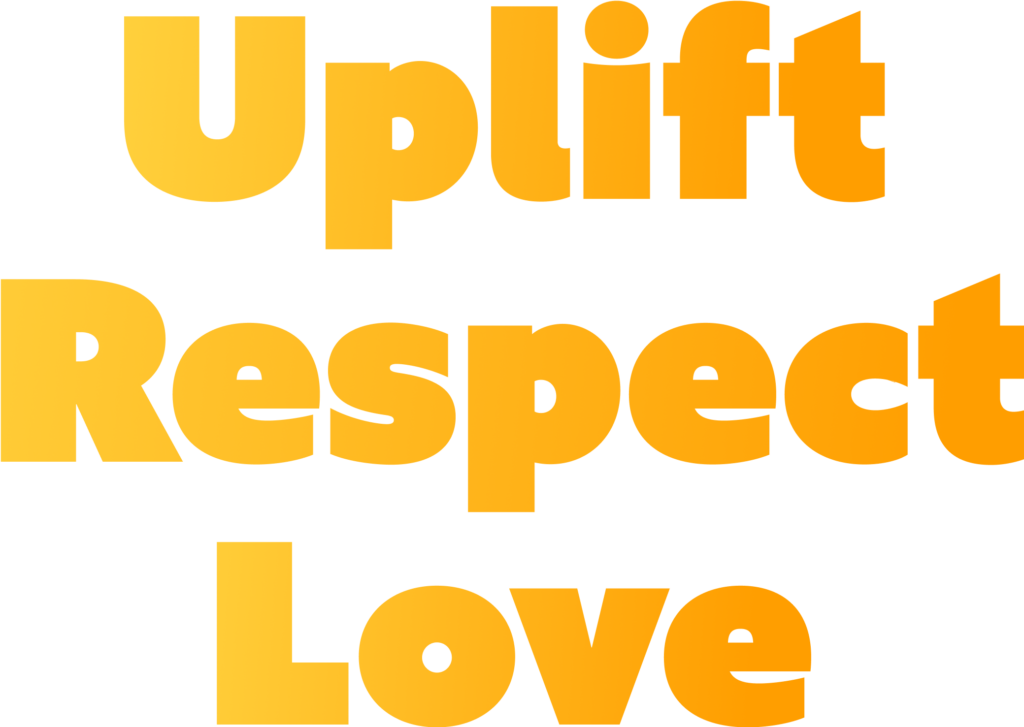Temperatures were expected to soar to 100° this week in Minnesota and throughout the Midwest, making it the latest region to experience sweltering heat this summer. Phoenix has experienced nearly a month of 110° temperatures and tourists flocked to Death Valley, California, last week as temperatures soared to 129°.
Scientists say this summer’s record-breaking heat gives us a glimpse into the larger issue that climate change is resulting in a warmer planet. And that would be tough for everyone, especially BIPOC and other marginalized communities that have and will continue to bear the brunt of the worst impacts of climate change.
In New York City, there are roughly 350 heat-related deaths reported each year, and Black New Yorkers are twice as likely to die due to heat than other New Yorkers, URL Media partner Epicenter-NYC reports.
BIPOC and low-income neighborhoods are more likely to experience the urban heat island effect than neighborhoods that are wealthier and whiter, writes Ray Levy Uyeda for URL Media partner Prism. The U.S. Environmental Protection Agency says these “intra-urban” heat islands are “caused by the uneven, inequitable spread of landcovers in the urban landscape, leading to more heat-absorbing buildings and pavements and fewer cool spaces with trees and greenery.” The agency goes on to say that BIPOC and low-income communities were historically pushed into these neighborhoods due to redlining.
Because of the disproportionate impacts on BIPOC communities, advocates and physicians say extreme heat like what has been experienced this summer increases the need for mental health and other supportive care.
“If you are in a place where your physical and mental health already isn’t addressed, it’s going to be worse with the heat wave,” Sam Castro, the director of diversity, equity, and inclusion at Valle del Sol, a community health organization based in Arizona, recently told Prism.
Like with everything else, the negative impacts of this extreme heat get worse with every intersection of marginalization. For Kwaneta Harris, even a cold cup of water is a luxury as temperatures in her jail cell reach over 120°.
“Our water is often turned off, and restored water access is tempered with boil water notices,” she writes for Prism. “There’s no way for us to boil water. Guards yell for us to drink from the tap when we beg for cold water. The tap is warm.”
When she wrote her essay, Texas was in the midst of a heatwave that saw temperatures soaring above 100° for days on end without air conditioning, since the Texas State Legislature voted against installing air conditioners in prisons once again. But just this week, Harris reported that Gov. Greg Abbott had reversed course and installed air conditioning at her prison.
The only silver lining to climate change is that if we act now, we can avoid some of the more dire consequences of a warming planet.
“We are the problem here, we are the cause of this warming, so we absolutely can be and really must be the cause of the solution,” Andra Garner, an assistant professor at Rowan University, recently told URL Media partner Wake Up With WURD’s Solomon Jones. “All of the impacts that we’re seeing here, like these really extreme warm temperatures should really be cause to spur us to action and help us really be motivated to reach for a more hopeful future that does await us if we can try to lower those temperatures.”
But as the adults in the room, we should not place the burden of fixing the prior generations’ mistakes entirely on Gen Z (and subsequently on Generation Alpha). We should, however, take their lead in imagining a future in which we respond, adapt and prioritize care for those most impacted by climate change.
“There needs to be an active shift and prioritization of those [who are] a part of marginalized communities and having not just the platform but also having the resources backed up for those individuals to actually institute change,” McKenna Dunbar, an undergraduate at the University of Richmond told Prism.
Before I sign off for the weekend, I want to leave you with these three cooling tips I grew up practicing as a child in South Texas:
- Stay cool: If you don’t have air conditioning in your home, find a local cooling center, public library or coffee shop where you can cool down. (In a pinch, a rag soaked in water and kept in the freezer overnight can be a lifesaver).
- Keep hydrated: Sip water throughout the day, supplementing with sports drinks to keep your electrolytes up.
- Check in on your neighbors: Children, the elderly and people who are sick or have a chronic illness are especially susceptible to heat exhaustion.


